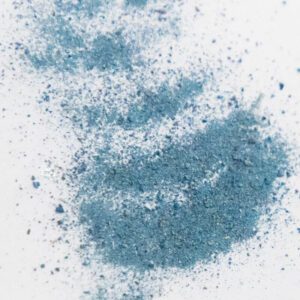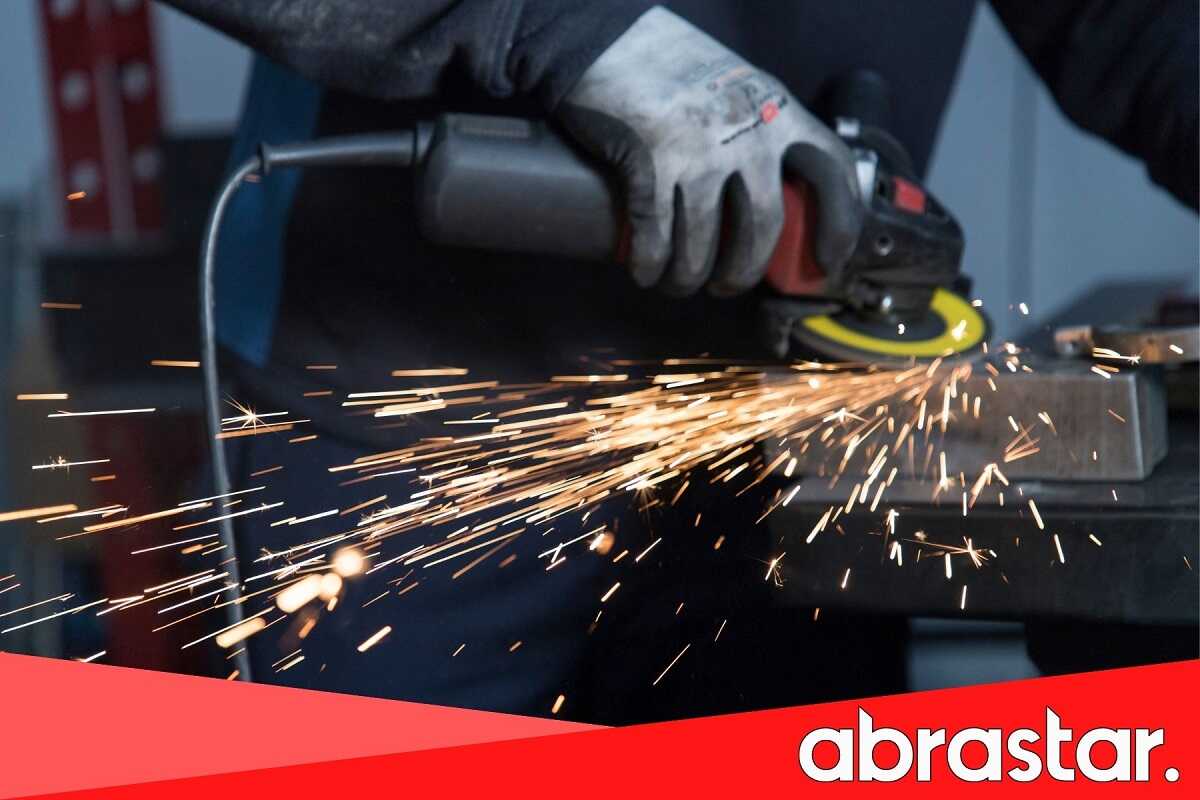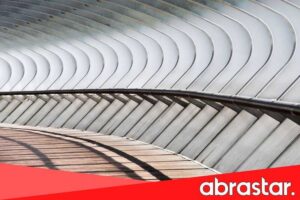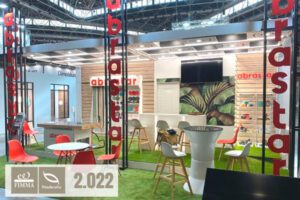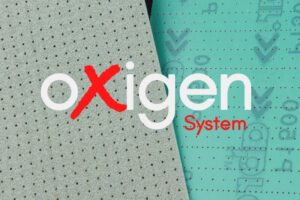The Royal Spanish Academy defines “abrasive -will” as:
- Belonging or relative to the abrasion.
- Said of a product, Which serves to abrade or Polish by friction, hard substances, such as metals, glass, etc...
The Spanish Royal Academy defines “abrasion” as:
- Action and effect of wearing down or rubbing away by friction
- Geological. Process of wear or destruction, produced in the earth's surface by external agents
- Med. Irritant action of purgatives energetic.
The etymological origin of the word abrasive comes from the old Latin, more exactly it comes from the word “abradêre” whose meaning is wearing. Hence arose the term “abrasion” that comes to be defined as the act and the effect by which one produces the wear and tear of something by the method of friction or friction.
Currently, the abrasives are used in almost all industrial sectors with manufacturing processes (woodworking, metalworking, construction, mechanical, automotive, marine, automotive, aviation, composite, etc...).
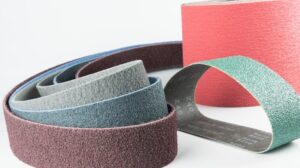
The abrasive is a a working tool for the treatment of surfacesfrom the first manufacturing processes and preparation up to the most demanding process of final finishes, polished and high gloss.
Hence the importance of having the knowledge and knowing how to choose well our abrasive products that are classified into various categories and grades, and each of which is specific for each of the different manufacturing processes that may be open to us.
HOW DO YOU MEASURE THE PARTICLE SIZE DISTRIBUTION OF THE ABRASIVE?
The grain is the element that does the work of cutting and trimming and is classified by its size. In general we call an abrasive coarse-grained (more abrasive) useful for roughing, while a fine-grained (less abrasive) is classified for finishing and endings. The grit of an abrasive is in charge of classifying the size of the abrasive grain in numerical scale. The lower the number the more abrasive, while the greater number less abrasive, do not get confused!!!.
HOW DO YOU CLASSIFY THE TYPES OF ABRASIVE GRAINS?
Mainly into two general categories:
-ABRASIVE GRAINS NATURAL.-
Diamond, abrasive paper, sand, corundum and quartz.
-ABRASIVE GRAINS, MANUFACTURED.-
They are made with materials of aluminum oxide, silicon carbide, zirconium and ceramic materials in controlled processes.
The abrasive material is more hard that we can find is the diamond.
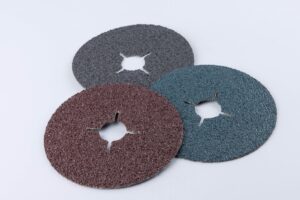
CLASSIFICATION OF THE ABRASIVE ACCORDING TO THE DISTRIBUTION OF THE GRAIN:
There are two general types on the support:
-Distribution of open structure .-, in that between 30% and 60% of the support is coated abrasive grain, leaving large gaps between grains. It is used in jobs in which the accumulation of particles can create embozamiento of the abrasive causing deficiency of court.
-Distribution of closed structure .- in which the grain covering the entire surface of the support the abrasive. Recommended for use when there is desire for a smooth finish of the surface and the embozamiento not a problem.
DIFFERENT TYPES OF MEDIA FOR ABRASIVE:
And now to finish with the general concept and make it clear we speak of the bonds or sandpapers are commonly known, which is the material that holds the abrasive grain gluing. We use different types of binders and also have a measure of the resistance of the effort of the composite material of sand and grains with the stresses of grinding.
This classification is detailed for the scale of letters beginning with A, B, C, D,... and the most tender and ending for the X, y, And Z as the tougher measures.
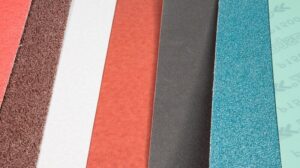
RATING OUR CATALOGUE QUALITIES OF ABRASIVES BY TYPES OF SUPPORTS:
QUALITIES WITH STAND FABRIC:
Abrasive cloth STX:
With aluminum oxide mineral and grain semi-open. Special for hard wood and all kinds of soft wood.
Abrasive cloth K15F:
Very flexible. Especially suitable for sanding by hand, soft woods, painted surfaces and non ferrous metals.
Abrasive cloth K35F:
Flexible with support polyester X high resistance and waterproof for cleaning with water. Indicated for resinous wood and soft.
Abrasive cloth ALF632:
With flexible support. Particularly suitable in narrow bands for the sanding of moulding and hand sanding.
Abrasive cloth R192:
One of our standard products, ideal for applications in metal, steels, nickel alloys, plastics and hard woods.
Abrasive cloth K35F:
Product is semi-flexible for sanding wood, varnishes and soft metals. Excellent resistance and very good heat dissipation.
Abrasive cloth S27:
Support polyester and grain silicon carbide. Special for the calibration of plywood and parquet wood.
Abrasive cloth JC122:
Flexible product support J with carbide grit silicon and poly-cotton. Great for non ferrous metals and varnishes hard.
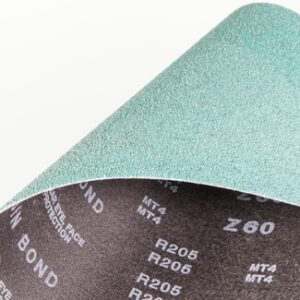
Abrasive cloth S181:
Material polyester support X. water Resistant to scratches wet. Suitable for non-ferrous metal, glass and marble.
Abrasive cloth R350:
Product flexible polyester base. Especially suitable for metals, aluminum, steel, stainless varnishes.
Abrasive cloth STZ:
Zirconium. Indicated in the sanding materials very embozantes. Support is very resistant to stress. Special for cooperage.
Abrasive cloth R352:
Flexible product specially indicated for treatments in metals, aluminum, stainless steel.
Abrasive cloth R205:
Product of zirconium suitable for grinding cast iron, nickel alloy, stainless steel, and aluminum injection.
Abrasive cloth R203:
Zirconium with a cutting capacity exceptional. Speed of fast cutting to the automatic machines. Indicated for use robotic.
Abrasive cloth P976:
It is a product of grain ceramic 3rd generation with a layer of lubricant. For stainless steel, titanium, steel and high-alloy.
Abrasive cloth P395:
It is a product of grain agglomerated aluminum oxide. Material specially designed for use in automatic machines.
Abrasive cloth ST230J:
Product fabric is very flexible specific for all types of wood, painted surfaces and metals in general. Not suitable for bands.
QUALITY PAPER:
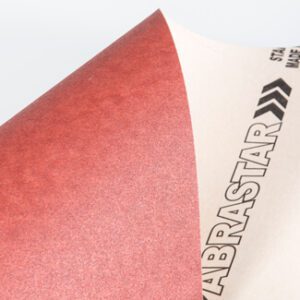
Abrasive paper SP+ /STAR PLUS:
Paper-And anti-static. Product particularly suitable for the sanding of very hard surfaces.
Abrasive paper STG+ / STAR-GREY PLUS:
Support D anti-static, and 3rd layer of antiembozante. Suitable for varnishes soft and processes of finishing.
Abrasive paper STG / STAR-GREY:
With support And anti-static. Suitable for varnishes soft polyurethane and finishing of polyester.
Abrasive paper STG / STAR-GREY with support And anti-static:
Suitable for varnishes soft polyurethane and finishing of polyester.
Abrasive paper STW / STAR-WHITE:
Paper support, And anti-static antiembozante. Suitable for the sanding of polyester pigmented and U. V. soft.
Abrasive paper STRC Star-Network CLOSE KP80:
Ideal for painted walls, wood, auto, alloy, plastic, non ferrous metals. Antiembozante.
Abrasive paper-STR STAR-NETWORK:
Especially suitable for resin woods and hardwoods, as well as sanding boards rechapados. Anti-static.
Abrasive paper STRP Star-PLUS Network:
Suitable for sanding of soft wood, and melamine. Anti-static with a reduction in dust load on the work surface.
Abrasive paper B322T:
Ideal for decoration, wood, auto, alloy, plastic, non ferrous metals and aluminium. Paper type-C antiembozante.
Abrasive paper KSPRO:
Especially suitable for roll foam, sheets for decoration, and car. Paper support (B-C antiembozante.
Abrasive paper KSPROV:
Especially suitable for roll foam, and drives to work decoration, and car. Paper support (B-C antiembozante.
GRADES WITH VELCRO SUPPORT STRAPS

Abrasive paper B322TV:
Ideal for decoration, wood, auto, alloy, plastics, non ferrous metals. Antiembozante.
Abrasive paper B312T Star-Yellow velcro:
Especially suitable for sanding of varnishes, automotive, raw wood and painted. Antiembozante.
Abrasive velcro L312T:
Material highly versatile suitable for the sanding of metals, woods, varnishes and car. Support film with antiembozante.
Abrasive velcro CERASTAR:
Product support film and abrasive ceramic 100%. Especially suitable for hard materials.
Abrasive velcro STARFINE:
Product structure 3D pyramid and base foam with exceptional durability in comparison.
THE GOOD CHOICE IN PROCESSES OF TREATMENT OF SUPERFICES OF AN ABRASIVE IS GOING TO BE A DETERMINING FACTOR IN THE FINAL RESULTS DESIRED AND, OF COURSE, A BAD DECISION IN THE DEVELOPMENT OF THE WORK CAN BE QUITE EXPENSIVE.
